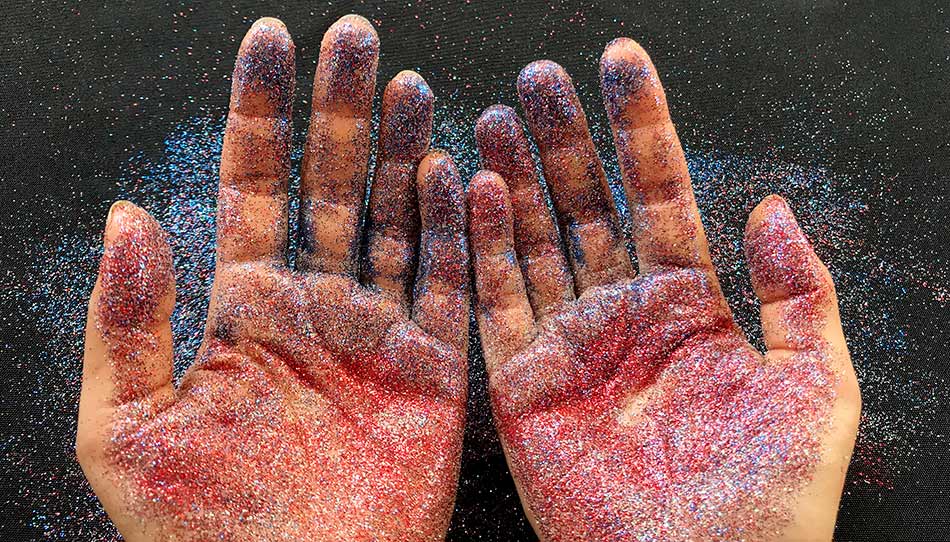Microplastics are a significant problem because (and it has already been proven) they actually travel from the oceans to our plates and to our body. As? In any case. Through small animals (or plants), or bottled water, or air. They move up the food chain, damaging human health. And researchers still don't know what exactly happens to people's health when they absorb them.
Now, a new study published in the Journal of Hazardous Materials has shown that microplastics can cause cell death at “environmentally relevant” levels, according to a recent press release.
“It is the first time that scientists have attempted to quantify the impact of microplastic levels on human cells using a statistical analysis of published studies,” says lead author and PhD candidate at Hull York Medical School Evangelis Danopoulos.
What we have found is that ingesting or breathing in large amounts of microplastics can produce cell death and allergic reactions as potential negative side effects.
Evangelis Danopoulos.

The study of microplastics that cause cell death
The researchers looked at other studies to find out whether microplastics are bad for cells. These studies tested five different effects:
- Cytotoxicity o cell death.
- Immune responses such as allergic reactions.
- Impacts on cell membranes or on the ability to penetrate them.
- The ability to cause oxidative stress, which causes damage to cells and tissues.
- Genotoxicity or ability to damage a cell's genetic information.
The discovery? Microplastics could contribute to the first four effects. Also in a relevant way.
A “small” species threat
The study found that microplastic concentrations of 10 micrograms per milliliter could damage cell viability. And concentrations of 20 micrograms per milliliter could generate an allergic reaction.
The researchers also compared the concentrations that damaged the cells with those that humans could reasonably ingest. They looked at three previous studies conducted by Danopoulos and the research team Human Health and Emerging Environmental Contaminants from the University of Hull, who counted microplastics in drinking water, seafood and table salt.
“Our research shows that we are ingesting microplastics at levels consistent with harmful effects on cells. In many cases these effects are the triggering event of diseases,” Danopoulos said in the press release.

Microplastics and cell damage, what you need to understand
The study is unsettling, and almost anger. Trying to remain lucid, however, it must be said that there are still several uncertainties. Researchers don't know what happens to microplastics once in the body. Above all, how these microplastics are expelled from the body: it is a crucial issue for understanding the real level of risk.
Of course, the quantity is impressive. According to The Independent, every year we "consume" between 39.000 and 52.000 microplastic particles. The cellular damage could be incalculable.
Deadly poison every day, in small enough doses to make us sick in many ways
Some research found that microplastics can help bacteria become more resistant to antibiotics. More have shown that they can change the shape of cells, kill human lung cells, cross the blood-brain barrier in mice, and create cell damage to our brains.
It is like a declaration of war: we must fight it at all costs.


